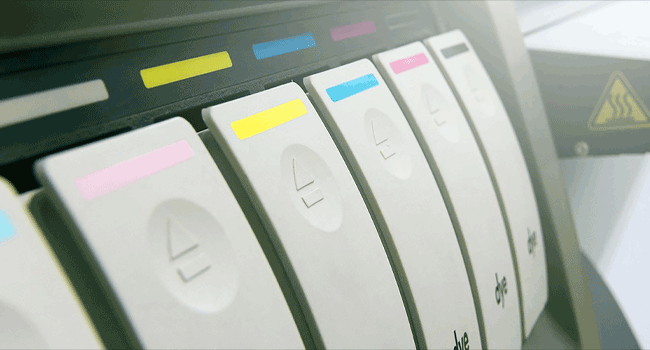The inkjet print market is currently worth $80.4 billion, almost the equivalent to 923 billion A4 prints, and is expected to reach $118.2 billion in 2025 according to latest Smithers’ report
‘The Future of Inkjet Printing to 2025’.
Growth will continue as high performance technology comes to market with printers and converters spending $3.9 billion on new inkjet equipment, up from $2.9 billion in 2015. Inkjet ink consumption in graphics and packaging applications is to be nearly 124,000 tonnes, more than twice the 2015 volume.
Inkjet printing growth moderates slightly to 2025, averaging 11.4% CAGR by volume and 8.0% in constant value terms as more applications become mainstream, reaching $118.2 billion in 2025, nearly 1.6 trillion A4s.
All inkjet sectors are growing – even applications where the overall print market is falling, which is the case for much publishing and graphics. Inkjet suits the changing demands of print buyers because it can meet the changing preferences of consumers better than the analogue alternatives. The continuing technological developments, together with the greater experience of print providers, combine to make inkjet competitive against litho, flexo, gravure, screen and digital toner printing.
As inkjet press performance improves, the economic crossover moves to longer runs, making it ever more interesting for print service providers and packaging converters. Hence the high levels of growth.
Smithers’ analysis for ‘The Future of Inkjet Printing to 2025’ identifies the following key trends and drivers leading to inkjet printing growth over the next five years:
- Flexibility and agility - Inkjet allows print companies to become more agile and responsive to customer requirements
- Benefit of digital capability - The ability to print only what is needed on demand with no physical master promotes efficiency in the production and supply chain; total variability is possible
- New technology - Higher-performance machines, offering very high quality and reliability are coming to market, heavily promoted by manufacturers. Integrated manufacturing methods, linking prepress with printing and finishing in a single-pass operation, changes the economics of product manufacture, rather than just printing
- Non-impact printing - Inkjet can be used to print onto very delicate irregular materials
- Retail supply chain changes - Growth in e-commerce (and now m-commerce) allows retailers to use the transit packaging as a vehicle to communicate with their consumers and widen the functions of packaging, and to engage with consumers in new ways while improving their experience of receiving a pack
- Sustainability - Potential overall advantages against analogue alternatives with less waste and use of chemicals and materials. Only printing what is required at any time helps eliminate redundancy throughout the supply chain.
Smithers’ latest report,
‘The Future of Inkjet Printing to 2025’ provides current and forecast
regulatory and industry sustainability developments, exclusive market sizes and 5-year forecasts for inkjet printing market globally, expert analysis of key market trends and drivers which will see the continued expansion of the inkjet market and over 100 data tables and figures giving an unparalleled level of strategic insight and technical detail into the inkjet printing market.
Purchasers of this report will also receive copy of our brand new report ‘ The Impact of COVID-19 on the Printing Industry, which presents three scenarios, and models how the markets are likely to evolve in the immediate short-term and over the next five years, based on an in-depth assessment for each printed product, print process and geographic region.
There will be major industry re-structuring with weak print companies and suppliers failing as demand falls. Remaining companies will innovate and diversify, producing PPE equipment an early example as companies collaborate and widen the range of products and services they offer, with routes to market changing toward on-line.
This report is a critical tool to help navigate this disruption, identify potential threats as well as opportunities, and aid strategic planning
Find out more information and gain a full list of contents and figures
